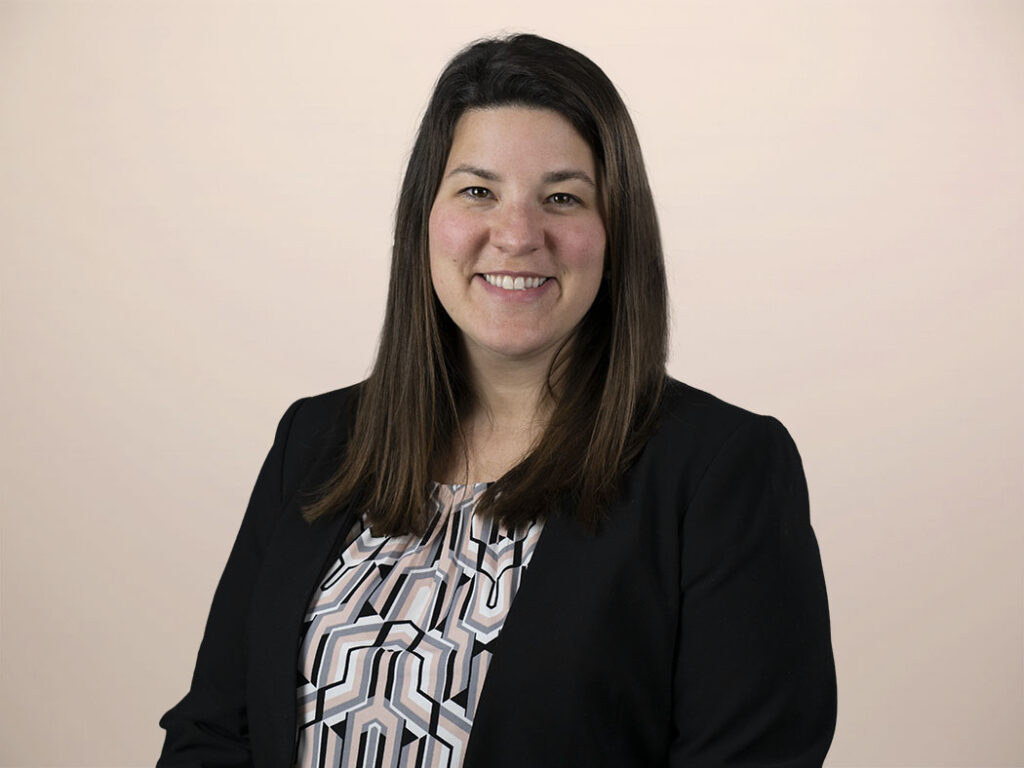Predictions 2026: The Year AI Tests The Heart Of Healthcare
In 2025, the healthcare industry experienced significant shake-ups: the uncertain future of premium tax credits; the fracturing of vaccine policy; and rapid innovations in digital health. All these occurred against a backdrop of eroding trust and customer experience. They signal a pivotal moment when stakeholders across healthcare must reassess priorities and rebuild customer trust.
Yet as we look ahead to 2026, we see persistent headwinds: the ongoing volatility of policy changes and deteriorating access to care; unchecked AI risks; continued market concentration; and rising consumer frustration. Healthcare organizations (HCOs) must rethink oversight of AI governance and vendor partnerships, as well as the cost of care and the way it’s delivered. We expect 2026 to be a year when bold healthcare insurers and providers differentiate themselves and realign their strategies to meet head on the effects of new health policies and emerging technologies.
Here’s a preview of what we predict for healthcare in 2026:
- AI will trigger a public breakup between an HCO and its subsidiary. Fewer than half of risk management leaders say that their third-party risk management process is mature. As AI permeates healthcare, we’ll witness a public fallout involving a healthcare megabrand scrambling to repair reputational or financial damage (or both).
- The rate of uninsured will double in 2026 as trust and affordability collapse. A perfect storm of rising costs, subsidies in jeopardy, and eroding trust will drive a spike in consumers opting out of health insurance in 2026. Increased comfort with genAI is emboldening Gen Zers and Millennials alike: 39% are comfortable using a genAI-enabled tool to evaluate their symptoms. High prices for less coverage and a willingness to roll the dice among younger, healthier generations will drive down enrollment and destabilize risk pools.
- Rural health workforce shortages will surge 10% as policy shifts impact access to care. Access to care in rural areas, where there is a priority on in-person and at-home care, is deteriorating. Policy changes including the new $100,000 H‑1B visa fees could severely reduce the availability of care in these regions. In 2026, the number of rural or semirural areas with shortages of healthcare professionals will continue to climb. Rural clinicians will need emerging technologies and community health resources to sustain in-person care and aging in place.
What To Do Now
In the face of extraordinary pressure, HCOs must adapt to remain fiscally responsible while delivering better experiences to customers and staff. Strategic adaptation has become a core competency for the industry. How HCOs respond to the changes around them will determine which of them thrive in the face of disruption.
Forrester is here to help. Forrester clients should:
- Read the full Predictions 2026: Healthcare report to learn more.
- Join us on January 15 for a webinar covering our 2026 healthcare predictions.
- Schedule a guidance session to dig deeper into these predictions and what they mean for your business and customers, as well as to plan out your 2026 healthcare strategy.
- Consider a deeper dive via a strategy session.
- Look for upcoming research on emerging technologies, the future of health insurance, revenue cycle management, and customer experience platforms in healthcare.
If you’re not a Forrester client, be sure to check out the Predictions 2026 resource hub featuring our Predictions guides, blogs, and webinars.
